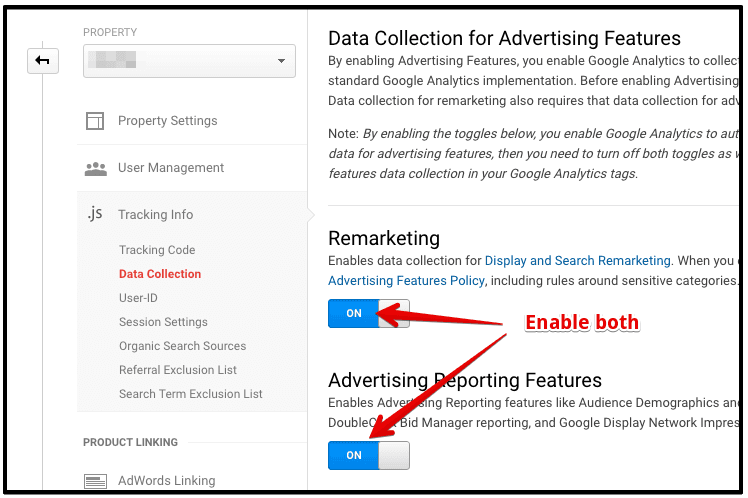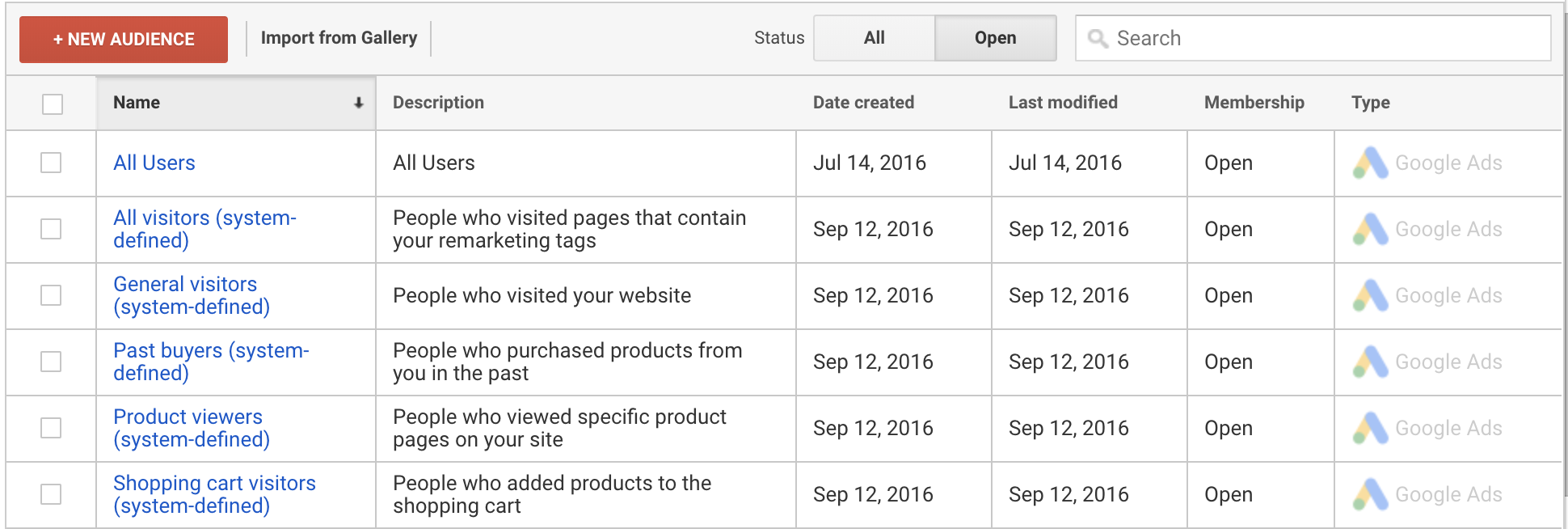Advanced Techniques for Remarketing In Google Analytics
Optimize Your ROI With Remarketing in Google Analytics
In the realm of digital marketing, the utilization of remarketing strategies within Google Analytics has proven to be a potent device for boosting return on financial investment. By using the power of user data and tailoring ads to specific target market sectors, services can substantially magnify their conversion prices. The real essential lies in the art of precision - understanding customer habits, crafting compelling ads, and continually refining methods to drive optimum outcomes. The journey to making best use of ROI with remarketing is a nuanced course paved with insights and opportunities that can improve the trajectory of your advertising endeavors.
Understanding Remarketing in Google Analytics
Recognizing remarketing in Google Analytics is vital for optimizing your digital advertising strategy. Remarketing allows you to target customers who have formerly visited your internet site or connected with your app, providing them with customized ads as they search other websites or make use of other apps within the Google Present Network. This strategy assists maintain your brand name top of mind and encourages individuals to return to your website, eventually boosting the likelihood of conversion.
By making use of Google Analytics, you can track the efficiency of your remarketing campaigns, acquiring useful insights into individual actions, involvement, and conversions. This data enables you to fine-tune your messaging, targeting, and bidding strategies to improve the overall efficiency of your campaigns.
Moreover, recognizing the different kinds of remarketing lists readily available in Google Analytics, such as conventional, vibrant, and comparable target markets, allows you to create tailored and very segmented campaigns tailored to certain customer sections. This degree of granularity can dramatically enhance the significance and impact of your remarketing efforts, eventually maximizing your roi.
Establishing Remarketing Listings
To successfully carry out remarketing campaigns in Google Analytics, the initial action involves developing and setting up remarketing checklists targeting specific individual segments based on their communications with your website or app. By setting up remarketing lists, you can customize your advertising and marketing efforts to reach customers who have actually already shown passion in your services or products.
To start, navigate to the Admin area of your Google Analytics account and choose the Property where you wish to produce the remarketing listing. After that, under the Residential property column, click 'Audience Definitions' and pick 'Target markets.' Next, click on the red 'New Target market' button and pick 'Produce New' to specify the parameters for your remarketing listing.

Crafting Effective Remarketing Ads

When crafting your advertisements, emphasis on producing eye-catching headlines and compelling visuals that stick out to prospective clients. Integrate strong calls-to-action that motivate individuals to revisit your site and finish a wanted activity. Use dynamic remarketing to show personalized advertisements including product and services that users have actually formerly checked out on your site.
Furthermore, guarantee that your ads are mobile-friendly considering that a click for more substantial section of web traffic comes from mobile phones. Examination different advertisement variants to determine which designs and messages drive the most effective outcomes. By continually refining and maximizing your remarketing advertisements based on performance information, you can maximize their effectiveness and boost your roi.
Analyzing Remarketing Performance

Via Google Analytics, marketing experts can track the efficiency of their remarketing campaigns in real-time, enabling them to identify trends, patterns, and areas for improvement promptly. By assessing the information, marketers can figure out which ads are carrying out well, which audience sectors are responding favorably, and which networks are driving the most conversions. This degree of granularity enables marketing experts to make data-driven decisions to optimize their remarketing advocate better outcomes.
Optimizing ROI With Remarketing
Evaluating remarketing information in Google Analytics enables marketers to determine useful source opportunities for enhancing roi (ROI) through calculated changes - What Is “Remarketing” In Google Analytics?. To make best use of ROI with remarketing, it is important to comprehend the actions of your target market. By evaluating individual communications, such as the web pages they saw, the products they viewed, or the actions they handled your website, you can customize your remarketing projects better
Segmenting your audience based upon their actions permits you to create customized and targeted ads that are more probable to resonate with them. By showing relevant ads to particular segments of your audience, you can increase the chances of conversion and ultimately improve your ROI.
Additionally, evaluating different ad creatives, messaging, and offers can help determine what reverberates finest with your audience. A/B testing permits you to trying out various components of your advertisements to determine what drives the highest interaction and conversion rates.
Conclusion
To conclude, optimizing ROI with remarketing in Google Analytics needs a calculated technique to evaluating user behavior, segmenting target markets, producing tailored ads, and maximizing project performance. By leveraging data-driven understandings and checking different methods, organizations can improve their remarketing efforts to drive greater interaction and conversion rates. This organized technique ensures that sources are effectively assigned in the direction of making best use of returns on financial investment in Read Full Article remarketing campaigns.
Next, click on the red 'New Target market' button and choose 'Create New' to specify the criteria for your remarketing listing.
By continually refining and enhancing your remarketing ads based on performance information, you can optimize their effectiveness and boost your return on investment.
By diving into these understandings, marketing experts can get an extensive understanding of just how their remarketing efforts are reverberating with their target audience and driving conversions. To maximize ROI with remarketing, it is crucial to recognize the actions of your audience.In verdict, optimizing ROI with remarketing in Google Analytics requires a calculated approach to examining customer actions, segmenting audiences, producing tailored ads, and maximizing campaign performance.